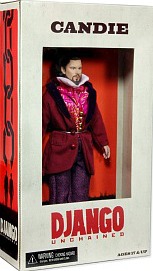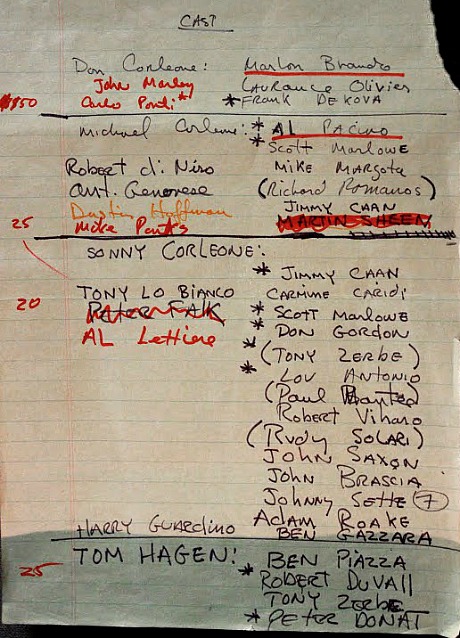Here are my votes for tomorrow night’s Critics Choice Awards, which happens at Santa Monica’s Barker Hangar at 5 pm, and and airs at 8pm Pacific/Eastern on the CW. The whole world will be there. I don’t know if I’ll be able to handle the pitch-black depression that will sink in once Lincoln starts winning, but I guess I can muddle through.

Best Picture: Zero Dark Thirty. Best Actor: Bradley Cooper, Silver Linings Playbook. Best Actress: Jennifer Lawrence, Silver Linings Playbook. Best Supporting Actor: Robert De Niro, Silver Linings Playbook. Best Supporting Actress: Anne Hathaway, Les Miserables.
Best Director: Kathryn Bigelow, Zero Dark Thirty. Best Original Screenplay: Mark Boal, Zero Dark Thirty. Best Adapted Screenplay: David O. Russell, Silver Linings Playbook. Best Cinematography: The Master, Mihai Malaimare Jr.
Best Young Actor/Actress: Quvenzhane Wallis, Beasts of the Southern Wild. Best Acting Ensemble: Silver Linings Playbook.
Best Art Direction: Anna Karenina — Sarah Greenwood/Production Designer, Katie Spencer/Set Decorator. Best Editing, Zero Dark Thirty — William Goldenberg, Dylan Tichenor. Best Costume Design: Anna Karenina, Jacqueline Durran. Best Makeup: Les Miserables. Best Visual Effects: The Dark Knight Rises. Best Animated Feature: Frankenweenie.
Best Action Movie: Skyfall. Best Actor in an Action Movie: Christian Bale, The Dark Knight Rises. Best Actress in an Action Movie: Gina Carano, Haywire.
Best Comedy: Silver Linings Playbook. Best Actor in a Comedy: Bradley Cooper, Silver Linings Playbook. Best Actress in a Comedy: Jennifer Lawrence,, Silver Linings Playbook.
Best Sci-Fi/Horror Movie: Looper. Best Foreign Language Film: Amour. Best Documentary Feature: West of Memphis. Best Song: “Skyfall” – performed by Adele/written by Adele Adkins & Paul Epworth. Best Score: Argo, Alexandre Desplat.
I’m going to a BFCA pre-party this evening between 6 pm and 8 pm.
I know less and less about who I am, or who anybody else is.
I don’t even know what the CW is. I never click on it, I mean. I don’t give a shit. But it’s apparently offered by Time Warner.





